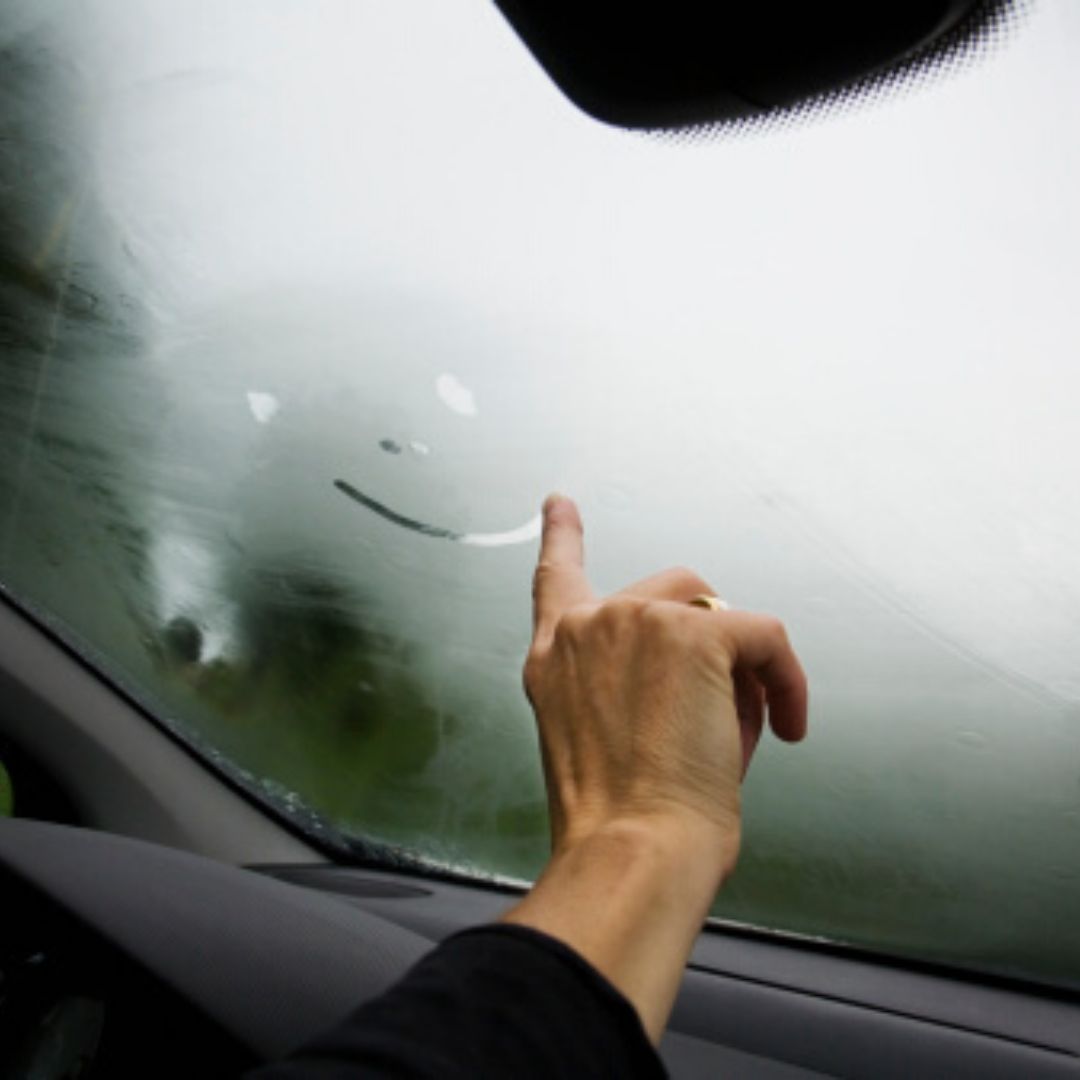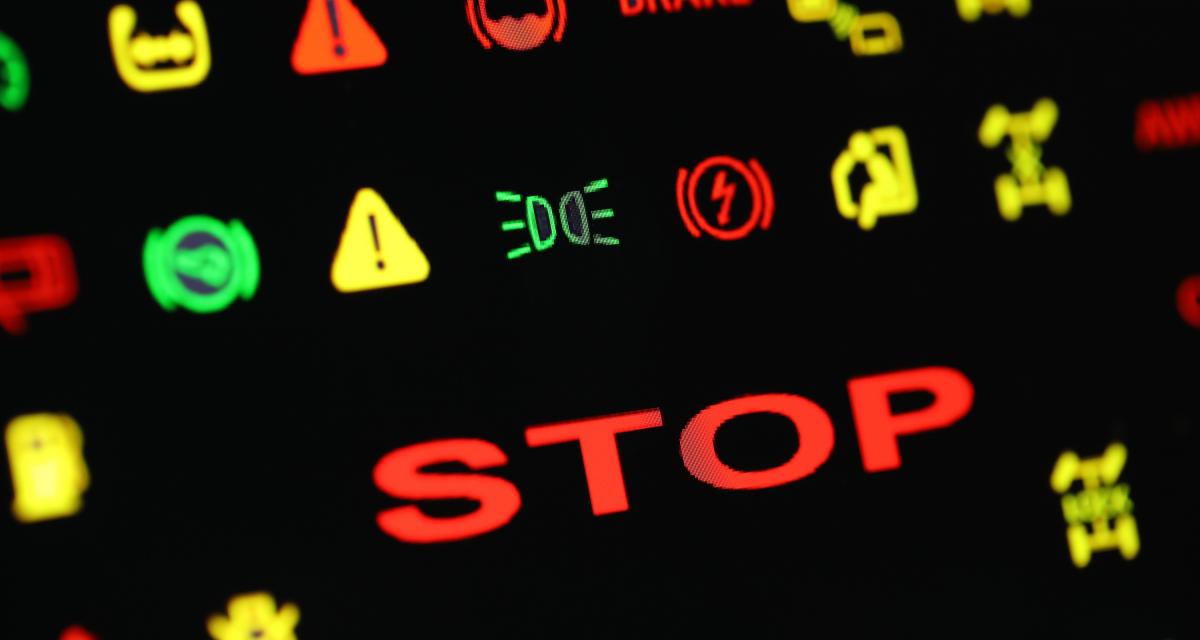Antifel is essential for the optimal operation of your car. This liquid protects the frost engine in winter and overheats on hot days. With its circulation in the engine, the antifreeze absorbs the heat generated by its operation and dissipates it from the radiators, thus avoiding overheating of the components of the machine. Although for beginner drivers, locating and completing the antifreeze tank may seem like a challenge, this guide will help you understand exactly where and how the antifreeze is added.
Position of the antifreeze tank
The antifreeze tank is usually located in the front of the engine compartment, near the radiator. It is designed in such a way as to allow visual verification of the antifreeze level.
- Open the car hood – Make sure the engine is stopped and cooled before this operation.
- Identify the antifreeze tank – This is usually a transparent or semitransparent plastic container, with minimal and maximum levels. Most are located on the side of the engine compartment, left or right.
- Check the color of the lid – The lid of the antifreeze tank is often colored in blue, red or yellow to be easy to identify. On the lid it can be a symbol that represents an engine or heat waves.
- Consult the manual – If you cannot identify the tank, consult the manual for use of the car.
The difference between the antifreeze and radiator tank
It is important to make the difference between the antifreeze and radiator tank:
- The antifreeze tank (expansion pot) is a partially transparent plastic container, in which the antifreeze is generally added.
- The radiator is a metal component, usually located in the front of the car, which has a metal lid with pressure. For many modern cars, no antifreeze is added directly to the radiator, but in the auxiliary tank.
When and how to correctly complete the level of antifreeze?
Before starting the addition process, keep in mind that the antifreeze is a toxic substance that can cause chemical burns if it comes into contact with the skin or eyes. Make sure to wear gloves and glasses.
The right time
- Check the monthly level: it is advisable to check the level of antifreeze once a month and before the long journey.
- Before the cold season – check and complete the antifreeze in the autumn, before the low temperatures arrive.
- When the level is less than a minimum, it is completed when the liquid level drops below the minimum marking on the tank.
The correct procedure for the addition of the antifreeze
- Make sure the engine is cold – Never open the antifreeze tank when the engine is hot! Six serious burns due to high pressure and temperature.
- Check the current level – The level of the antifreeze should be between the min and max signs on the tank wall.
- Open the lid carefully – Turn the lid in the opposite direction to the clock. Even a cold engine, there may be slight pressure.
- Add the correct antifreeze – Slowly pour the recommended antifreeze for the car until the level reaches the maximum. Do not fill this level.
- Close the lid well -Cake to have properly closed the tank cover, rotating it until it is fixed.
If you want a precise measurement of the level of antifreeze, you can use an antifreeze tester.
What kind of antifreeze to use?
The choice of antifreeze is an essential phase, since each car manufacturer can have specific requirements relating to the type of antifreeze that is compatible with the engine and the cooling system of the respective model.
- Consult the car manual: it will specify the type of antifreeze recommended (G11, G12, G13, etc.).
- Don’t mix different types: the mixing of different antifreeze formulas can lead to unwanted chemical reactions and influence the cooling system.
- Correct dilution: some types of antifreeze must be diluted with distilled water. Check the instructions on the container or in the car manual.
Pre -ylity antifreeze vs. concentrate
- The pre -member antifreeze: it can be added directly to the cooling system, without dilution.
- The concentrated antifreeze: it must be diluted with distilled water (usually 50:50) before use.
Important precautions
- Never open the lid when the engine is hot: the cooling system is under pressure and the hot liquid can cause serious burns.
- Avoid contact with the skin: the antifreeze is toxic, if the gloves are not used, washed your hands after handling.
- Do not leave it available to children or animals: the antifreeze has a sweet taste, but it is extremely toxic if ingested.
When to call a professional?
It is good to know the signs that indicate that it is time to replace the antifreeze. Although completing the level of antifreeze is a simple operation, there are situations in which it is recommended to consult a mechanic:
- If the antifreeze level decreases frequently (it can indicate a loss);
- If you see liquid stains under the car;
- If the temperature indicator climbs above the normal;
- at the complete change of the antifreeze (recommended at regular intervals, according to the manual).
Keep in mind that prevention is increasingly economic than repair. The correct maintenance of the cooling system can significantly prolong the life of the car engine and prevent expensive damage.
Choose the right antifreeze from automation and make sure your car is protected in any temperature, summer or winter condition!
Latest Posts Published

Best Car Insurance Quotes 2025 – How to Save Big on Your Next Policy

Diesel hybrid car: I know everything

How to get rid of winter humidity?

That’s why it will explode sales

Become unbeatable with the light witnesses of your dashboard

Mechanics for mannequins

VPN Autos, pioneer in afnor labeling

Did you know? 11 car anecdotes just for you!


